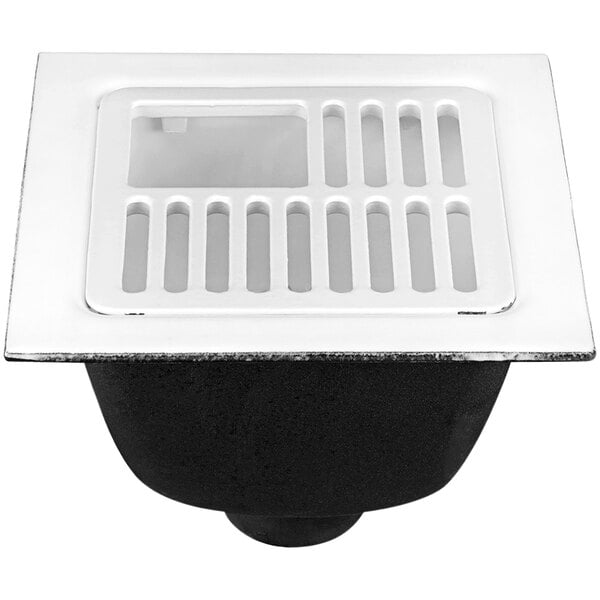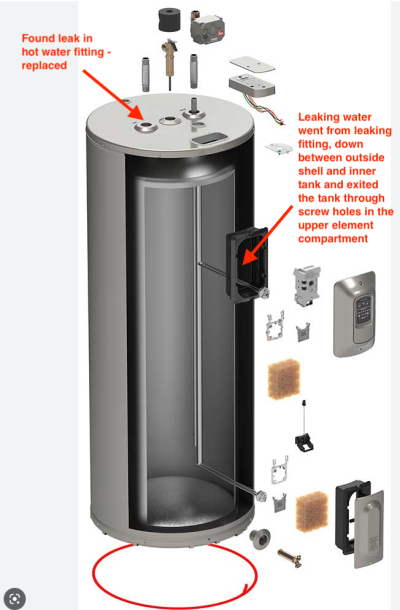I was kind of surprised myself. But I looked at some numbers, and for a home around here, I think the typical situation is (in thousands of BTUs):
~80 Furnace
~30 WH Tank
~20 Stove-top/Oven
~20 Gas Dryer
So you need capacity for ~ 150 if all were on at once. The only thing I might consider really rare, would be full oven/stove on with everything else, but certainly the others could all occur at once (water heater running at the same time as dryer to wash/dry), but it needs to be planned for. And the stove-top is a smaller component of that, I think the oven itself could be ~ 16?
And a tankless is ~ 150~250? So that's about double or more (subtract the 30 for the tank WH). I don't know how much margin they put in the gas supply, but if it is 100%, you've used it all. Could that possibly 'starve' another appliance under marginal conditions?
-ERD50
I have to jump in on that great comment. Yes, the tankless will nearly double demand. In my case, the gas company stated that they could not upsize my meter or go to 2psi service. My gas line on my property "they claim" is only 5/8" and though at 20 psi, it would collapse with a higher flow demand and >200KBtu meter. So this was about 12 years ago and my Rinnai has been running perfectly fine. We have this 180KBtu unit, a 90K BTU furnace with HP, gas range, gas dryer, gas BBQ, gas fire pit, gas tiki torches, gas fireplace.....but like sizing an electrical panel, its all about demand. Most homes this could be a problem. Realistically, the HW demand is not very long and even with the gas fired furnace running, it seems just fine.
When I installed my tankless I made certain to keep gas lines larger to the unit. I guess the major risk might be a lean burn on the furnace if HW is called at the same time.
One more detail, OK two. After 12 years I decided to flush the tankless with vinegar, and clean the inlet. Wasted 3 gallons of vinegar, it really was not very scaled. So then I unwrapped our barn HW tank which supplies that apartment's needs, and barn sink. I was looking to replace the anode since I have not changed it since moving here in 2007. Nope, could not find it where it should be so I dug in to uncover the label. It was made in Jan 1997, but it had a 5 year tank warranty! Not too shabby, lasting 26 years without anode and still running great. YES, I ordered a new tank, but I went to the formerly GE appliance site (used to be employee of GE) and started reviewing specs and found one with SS elements, sensing anode, etc and 12 yr warranty.




